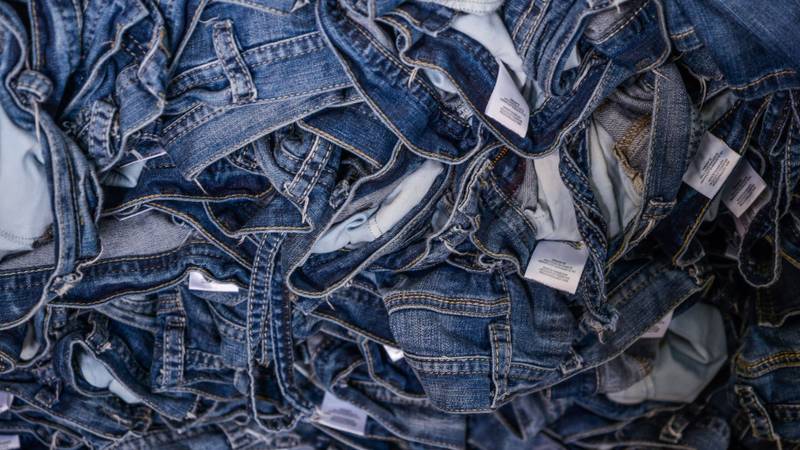The threat of shedding microparticles from synthetically manufactured fabrics was well known-but recent research has now discovered indigo denim microfibers pollute the Arctic landscape.
The research , published by Environmental Science & Technology Letters of the American Chemical Society, found denim microfibers are much more abundant in oceans than commonly believed.
Washing denim and other garments adds microfibers to drainage. While most microfibers are eliminated by wastewater treatment plants, others can also reach the atmosphere by discharging of wastewater, also known as effluent.
Blue jean denim is made of real cotton cellulose fibres, which are treated with synthetic indigo colouring and other chemical additives for enhancement of performance and durability.
However, it had been assumed that cotton decomposes almost entirely as an organic material, and that synthetic fibres survived far longer in the climate.
Using a mixture of microscopy and Raman spectroscopy, Miriam Diamond, Samantha Athey and colleagues at the University of Toronto detected and counted indigo denim microfibers in various water samples obtained in Canada.
Indigo denim accounted for 23%, 12% and 20 % , respectively, of all microfibers in Great Lakes sediments, shallow residential lakes near Toronto , Canada, and the Canadian Arctic Archipelago. However, despite a high concentration of denim microfibers in sediments at Great Lake, the team found only one denim microfiber in the digestive tract of a species of fish called rainbow smelt.
The researchers calculated that the wastewater treatment plants in the sample discharged around 1 billion indigo denim microfibers per day, based on the amounts of microfibers contained in the wastewater effluent. In laundering studies they observed that about 50,000 microfibers per wash cycle could be produced by a single pair of used jeans.
Although the team doesn’t know the impact of the microfibers on marine organisms, if any, a realistic way to minimise denim microfibre emissions would be for customers to wash their jeans less often, they add. Additionally, they add that discovering blue denim microfibers in the Arctic is a strong measure of the environmental effects of humans.
SOURCE: JustStyle

